
(Monkey Business Images / Shutterstock.com)
Family game nights are a great way to spend quality time with your kids; a way to laugh and have fun together. Add learning life skills into the mix makes them even better. Board games, puzzles, and card games can have a profound effect on building cognitive and social skills, and teach the basics of counting, matching, reading, and math.
Games do not have to be explicitly academic to have educational value. According to Scholastic.com, kids learn important skills just be playing them. Board games teach social skills like sharing, waiting, taking turns, and playing with others and more importantly; that winning isn't everything. Games can also increase children's attention spans, help develop critical thinking, and problem-solving abilities.
Board games designed for older children can impart important values like ethics and morality, how to play by the rules, to strategize and how to plan ahead. Cooperative gameplay can foster a sense of community because it requires players to work together to reach a common goal.
Just remember to choose age-appropriate games or to partner younger children with older siblings. Most of all, remember that games should be fun.
1. Ticket to Ride
What's the game?
In this board game, players compete to build train routes on the board and earn points based on the length of the route. Players plan their routes based on the cards they draw and strategize on the best way to complete the routes. There are different versions and expansion packs. The original Ticket to Ride is the easiest one to play but the European version contains some interesting features.
What does it teach?
Critical thinking, logic, spatial intelligence, and geography.
Who is it for?
Ages 8 and up, 2-5 players
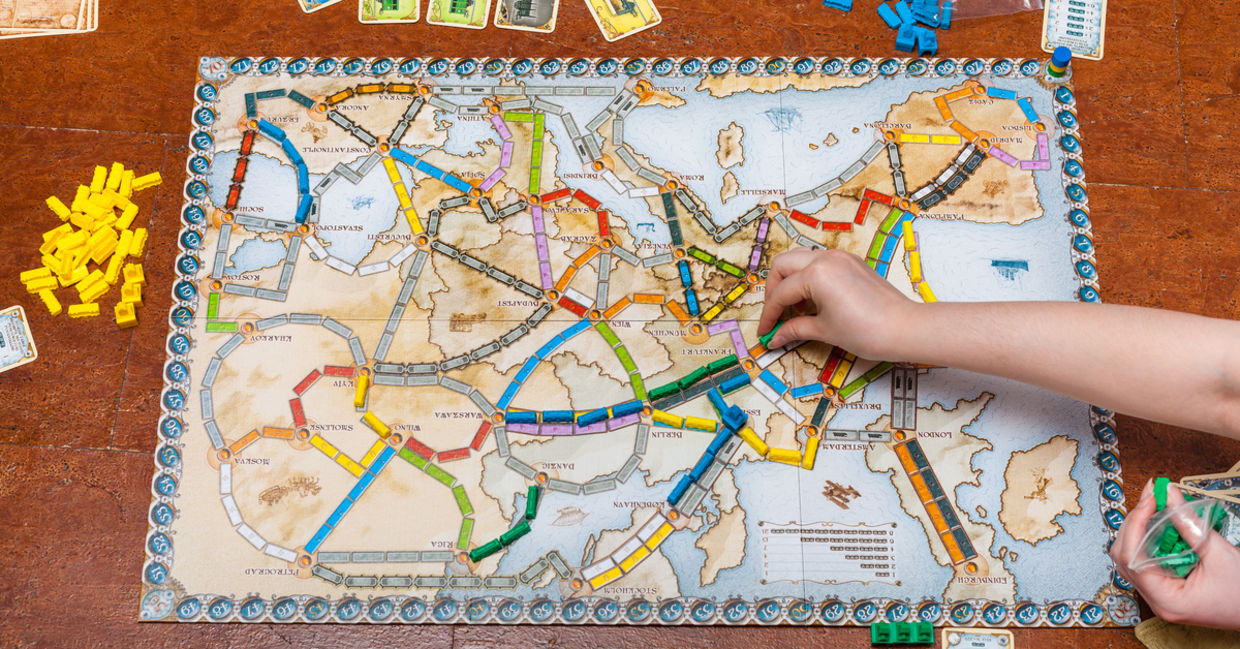
(vvoe / Shutterstock.com)
2. Boggle Junior
What's the game?
Players link pictures to letters and words. The game comes with 6-sided letter cubes and picture cards that spell out the name of the objects. Players use the letter cubes to copy the words. Older kids can use the game without the written words or graduate to Boogle.
What does it teach?
Letters, words, spelling, and matching.
Who is it for?
Ages 3 and up, 1-2 players
Boggle is for ages 8 and up, 2 or more players
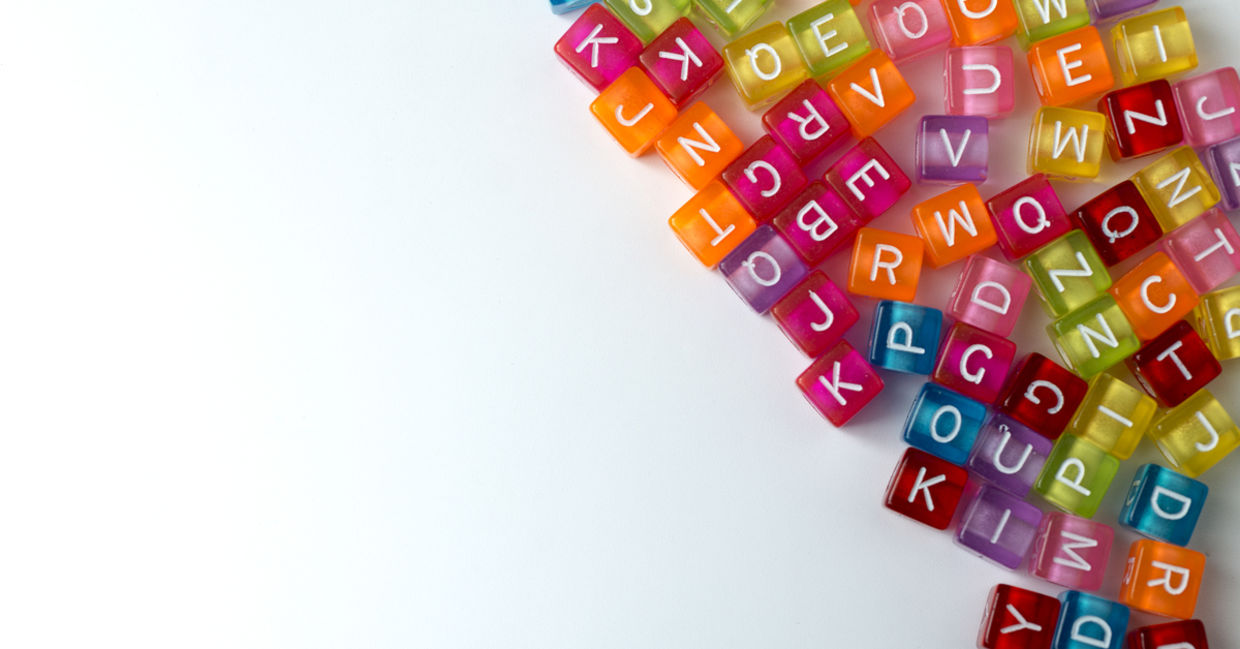
(beast01 / shutterstock.com)
3. Blokus
What's the game?
An abstract strategy game with colored Tetris shaped pieces that players must place on the board. Each piece must touch at least one corner of a piece already on the board. It gets harder at the end.
What does it teach?
Spatial recognition and planning.
Who is it for?
Ages 5 and up, 2 or 4 players
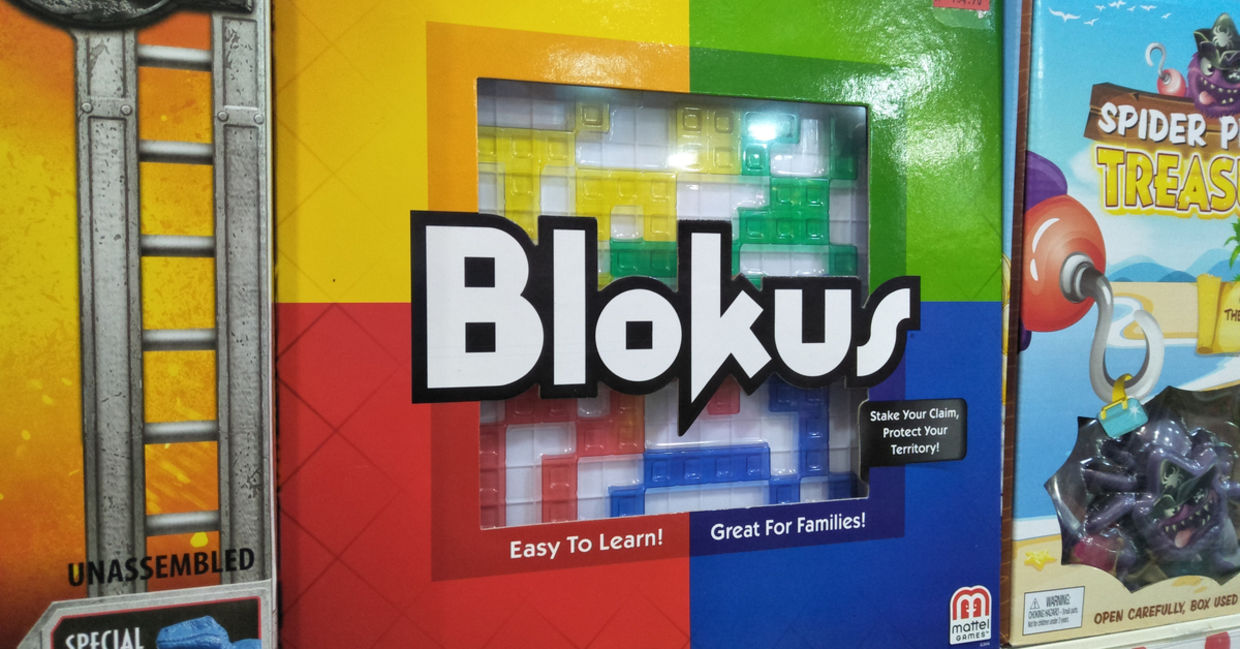
(Everything You Need / Shutterstock.com)
4. Snug as a Bug in a Rug
What's the game?
Besides having a cute name, this award-winning game is about matching bugs. There are three play levels, so it can grow up too. All the players must work together to hide the matching bugs under the rug.
What does it teach?
Color, number & shape recognition, counting, visual discrimination, and cooperation.
Who is it for?
For ages 3-6, 2-4 players.

(Monkey Business Images / Shutterstock.com)
5. Jenga
What's the game?
This game requires stacking wooden blocks into a tower and then pulling one out and putting it on the top until the tower collapses.
What does it teach?
Strategy, patience, and hand-eye coordination.
Who is it for?
Ages 5 and up, 1 or more players.

(Deflector Image / Shutterstock.com)
6. Settlers of Catan
What's the game?
This game creates a new board and a new playing experience every time it is played. Players start by choosing where to put their settlements and then have to gather resources to expand. What's great is that every player participates in the gameplay even when it is not his or her turn because anytime a player rolls the dice they can collect resources if their settlements correspond to the number.
What does it teach?
Math skills, economics, resource development and to some extent geopolitics.
Who is it for?
Ages 10 and up, for 3-4 players.
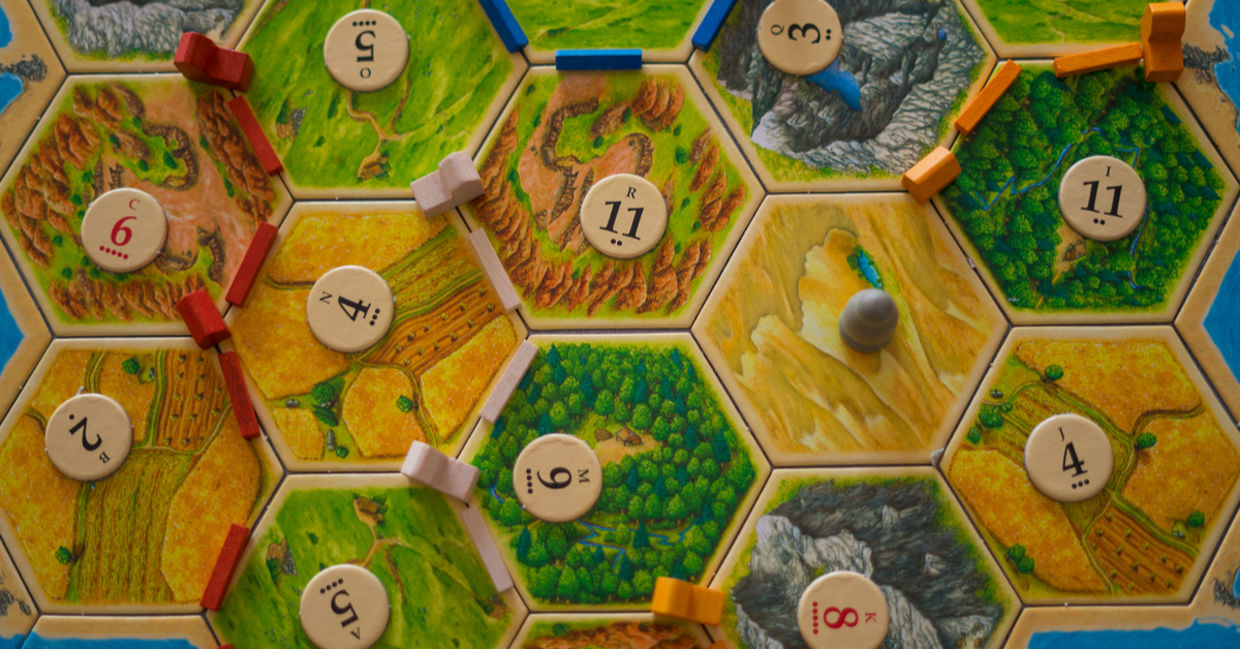
(Pranesh Luckan / Shutterstock.com)
7. Chess
What's the game?
This classic strategy game is all about the players moving their pieces across the chess set to put their opponent in checkmate. There are trainer sets for younger players.
What does it teach?
Critical thinking, logic, sequential thinking, decision making and problem-solving.
Who is it for?
Ages 5 and up, for 2 players.

(George Rudy / Shutterstock.com)
8. Sagrada
What's the game?
Players take on the role of artisans designing a stained-glass window for the Sagrada Familia. Colored dice represent the stained-glass material and must be placed according to the needs of the window. The artist who completes the window first is the winner. This is a great game for kids and adults who enjoy puzzles.
What does it teach?
Creativity, strategy, and problem-solving.
Who is it for?
Ages 9 and up. For 1-4 players but there are expansion packs for 5 or 6 players.
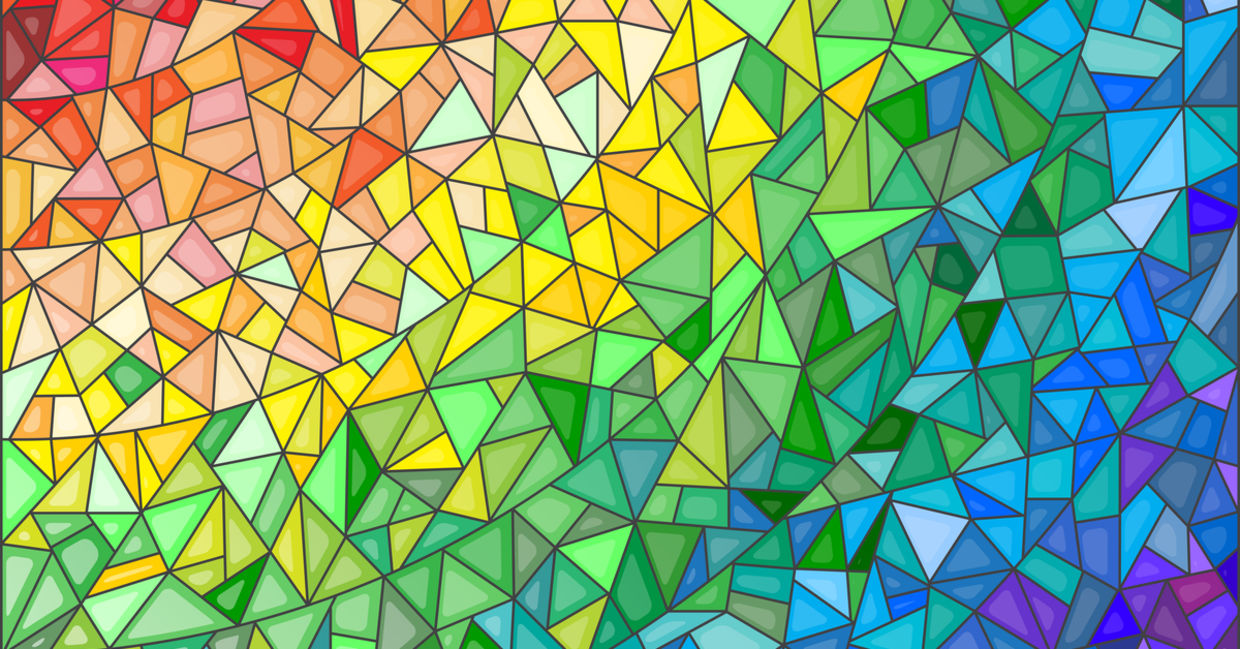
(Zagory / Shutterstock.com)
9. Hoot Owl Hoot
What's the game?
This is an award-winning, color-coded matching game that features two levels so it grows up with the players. Hoot Owl Hoot is a cooperation game that requires players to work together to win.
What does it teach?
Matching, colors, simple strategy, following directions, and cooperation.
Who is it for?
Ages 4-8, 2-4 players.

(Oksana Kuzmina / shutterstock.com)
10. Scrabble
What's the game?
This classic game never goes out of style. Players draw 7 letter tiles to form words in a cross-word like gameplay. The player with the highest score wins. There is a scrabble JR. version for younger children.
What does it teach?
Vocabulary, word skills, spelling, and cognitive skills.
Who is it for?
Ages 8 and up, 2-4 players.

(tannz / Shutterstock.com)
11. Chutes and Ladders
What's the game?
This classic game takes kids along a path where kids who break the rules slide down chutes and those who behave climb ladders to get ahead. The goal is to land on the 100th square.
What does it teach?
Numbers, and some rudimentary moral lessons.
Who is it for?
Ages 4 and up, 2 or more players.
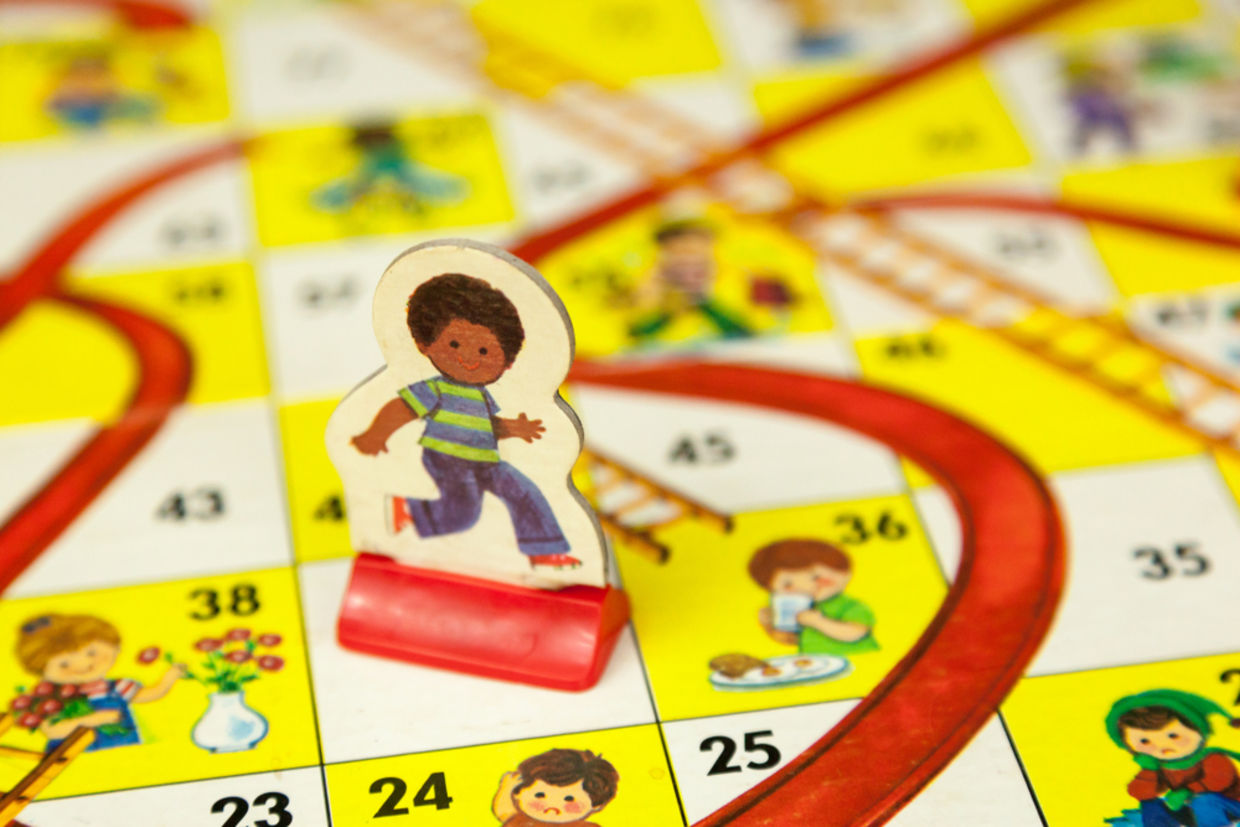
(Erin Cadigan / Shutterstock.com)
12. Pandemic
What's the game?
In this board game, pandemic diseases are breaking out all over the world – it is more fun than it sounds – and the team of experts needs to work together to contain and hopefully cure the diseases. This is a cooperative board game where you must work together to defeat the game.
What does it teach?
Cooperation, critical thinking, planning, and decision making.
Who is it for?
Ages 10 and up, 2-4 players.

(Dan Guest / Shutterstock.com)
13. UNO
What's the game?
This classic card game is a family favorite. Every player starts with seven cards that they must discard into the center pile by matching color or number. There are wilds and cards that change directions or require players to pick additional cards. The winner is the person who uses his or her cards up first.
What does it teach?
Fine motor skills, matching, strategy, and quick thinking.
Who is it for?
Recommended for ages 7 and up, but can be played by younger children, 2-4 players.
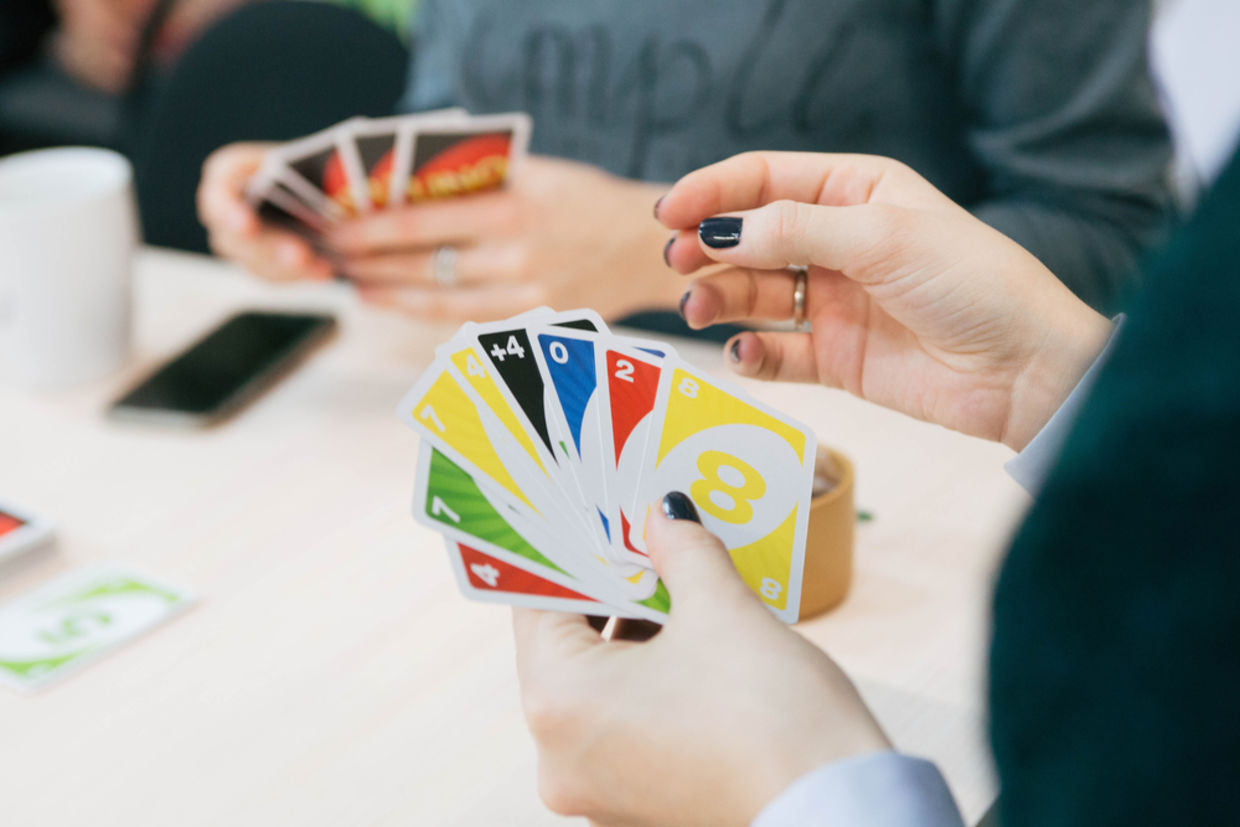
(phaustov / Shutterstock.com)
14. Monopoly Jr.
What's the game?
Players roll dice to move around the board and buy real estate. This game is shorter and uses smaller money amounts so younger kids can figure out winnings. Children can graduate into the classic Monopoly.
What does it teach?
Math, color recognition, reading and reasoning skills.
Who is it for?
Monopoly Jr is for ages 5 and up, 2-4 players.
Monopoly is for ages 8 and up, 2-6 players.
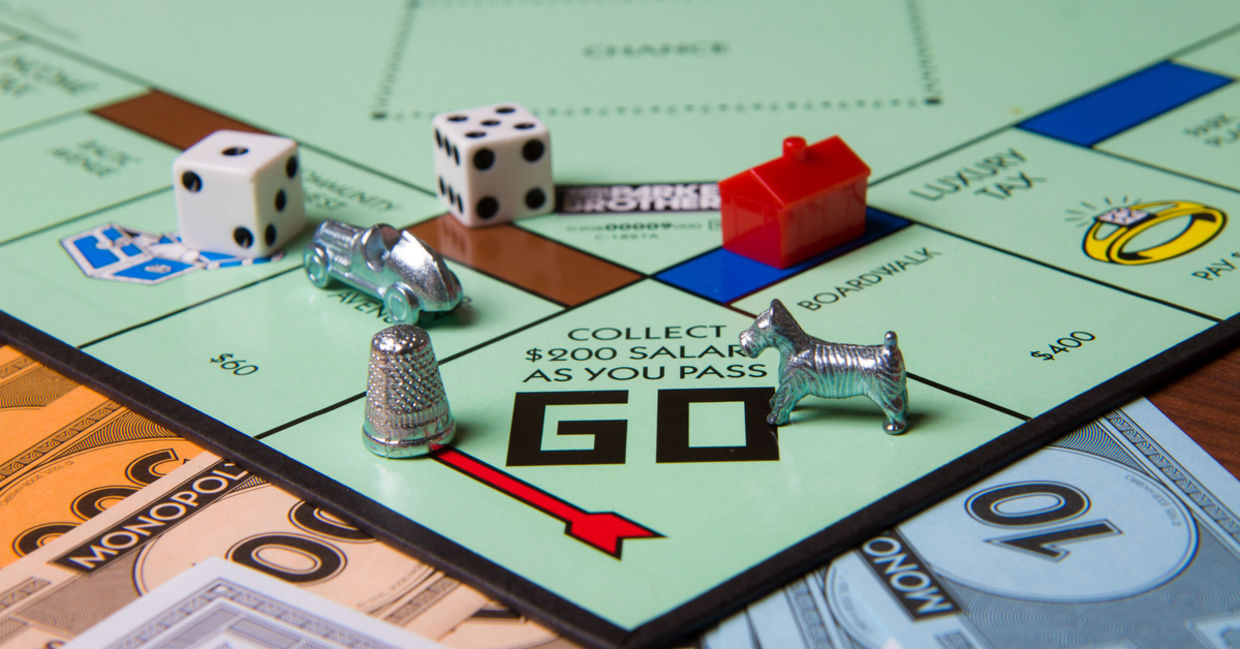
(txking / Shutterstock.com)
15. Chinese Checkers
What's the game?
The player must move his or her marbles across the board to the opposite triangle. Like checkers, players can jump and block other players, but unlike checkers, marbles are never lost. This game is usually made of wood and can be part of a game set that includes, chess, checkers, and backgammon.
What does it teach?
Sequential thinking, problem-solving, concentration, and strategy.
Who is it for?
Ages 3 and up but best for school-age children, 2,4 or 6 players.
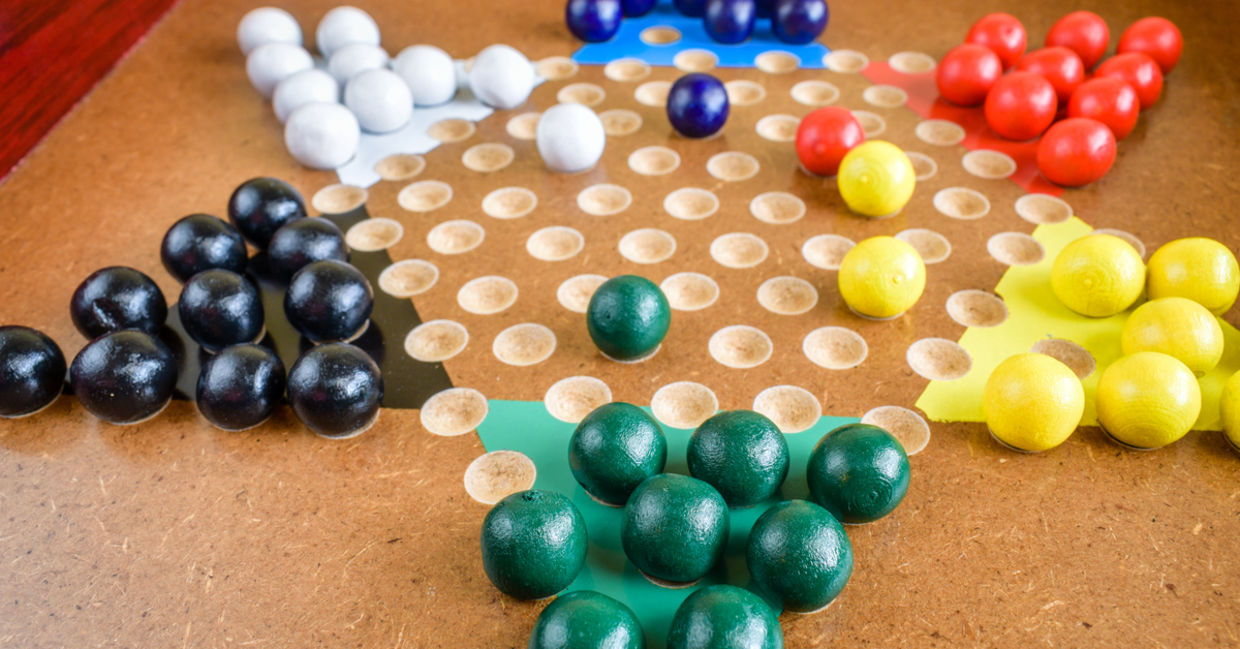
(Linda21 / Shutterstock.com)







